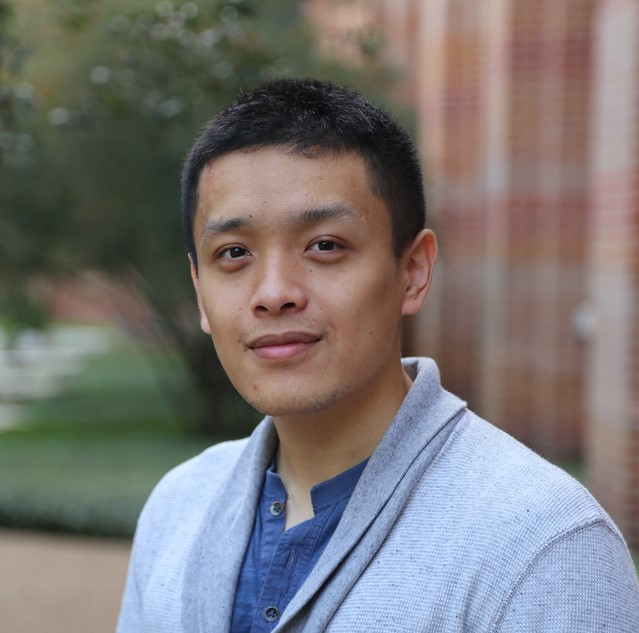Semi-supervised Data-driven Surface Wave Tomography using Wasserstein Cycle-consistent GAN: Application on Southern California Plate Boundary Region
Date:
Current machine learning based shear wave velocity (Vs) inversion using surface wave dispersion measurements utilizes synthetic dispersion curves calculated from existing 3-D velocity models as training datasets. It is shown in the previous studies that the performances of the resulting networks are dependent on the diversity of the training data. We present an improved semi-supervised deep learning algorithm-based method that incorporates both observed and synthetic surface wave dispersion curves in the network training process. The algorithm is termed Wasserstein cycle-consistent generative adversarial networks (Wcycle-GAN), which combines the architecture of cycle-consistent GAN with Wasserstein loss metrics in optimization. Different from conventional supervised deep learning approaches, the GAN architecture also extracts structural information from the observed surface wave dispersion data in the training process that may improve generalization of the resulting network. The cycle-consistent loss addresses soft constraints on the trained neural networks to be reversible and thus reduces the variance of the trained networks. The Wasserstein metric provides weaker topology for convergence and improves spatial continuity of the predicted shear velocity (Vs) models. We demonstrate these improvements by applying the Wcycle-GAN to 4066 fundamental mode Rayleigh wave phase and group dispersion curves obtained in Southern California (SC). In general, the 3-D Vs model predicted by the best training Wcycle-GAN is consistent with previous surface wave tomography studies of SC in the overlapping area, but with smaller data misfit, yields better spatial smoothing, and provides improved images of structures near faults and in the top 5 km. Our results indicate that the proposed Wcycle-GAN algorithm has strong training stability and generalization abilities.
